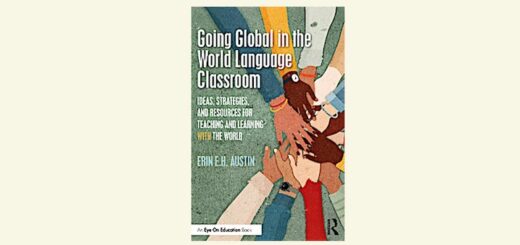Challenging Harmful Beliefs in Math Class
By Lidia Gonzalez
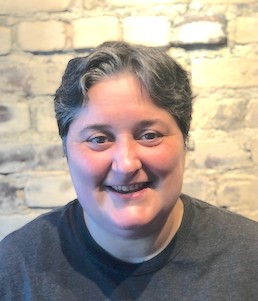 There exist in our society numerous harmful beliefs about mathematics and mathematics education that, if left unchallenged, hinder our attempts at equitable mathematics education.
There exist in our society numerous harmful beliefs about mathematics and mathematics education that, if left unchallenged, hinder our attempts at equitable mathematics education.
As an example, people of all walks of life, all levels of education and with numerous career/life successes are comfortable admitting they are bad at math. While it is socially acceptable to say that you are bad at math, it is shameful to say that you cannot read.
Let’s take a moment to consider why that might be and what affect this has on our attempts at ensuring that all students learn mathematics.
While I firmly believe that there are methods of teaching and learning that have been shown to positively impact student’s ability to excel in mathematics, it is hard to believe that most students will do so, within a society that so easily accepts the rhetoric around individuals’ lack of ability to master the subject.
Similarly, there exist other such beliefs that impact not only the teaching and learning of mathematics, but educational policies and programs in ways that make it hard for us to serve our most vulnerable students.
Some examples are the beliefs that:
- there are people out there for whom mathematics comes naturally;
- the school system is somehow broken;
- it is not important to attend to identity in the teaching of mathematics;
- there exist achievement gaps in mathematics, and that the teaching of mathematics is neutral and, as such, apolitical.
Challenging these and other beliefs successfully on a wide scale may seem daunting, yet there is much that a teacher in their own classroom can do to begin to chip away at some harmful beliefs and in doing so better position their students as learners of mathematics.
We’ll explore three beliefs focusing on what mathematics is, what it means to be good at it, and how we see our ability as doers of mathematics over time. In doing so we’ll consider some steps that teachers can take to begin to move students’ thinking about these in positive ways.
What is mathematics?
We begin with the question of what is mathematics? One reason many people are comfortable saying they are bad at math is that they are thinking of mathematics in a very narrow way, focused on only those topics that they may have struggled with in school – not on all the mathematics they undertake each day.
For many people, including our students, the answer to what mathematics is revolves around numbers, computation, and equations. It is driven, in part, by a bias in our curriculum towards these areas. A student who struggles in these areas may believe that they are not good at math.
However, if we broadened the definition of what math is, students may come to see that they regularly undertake mathematics in their daily lives and are quite good at math which transcends the narrower definition.
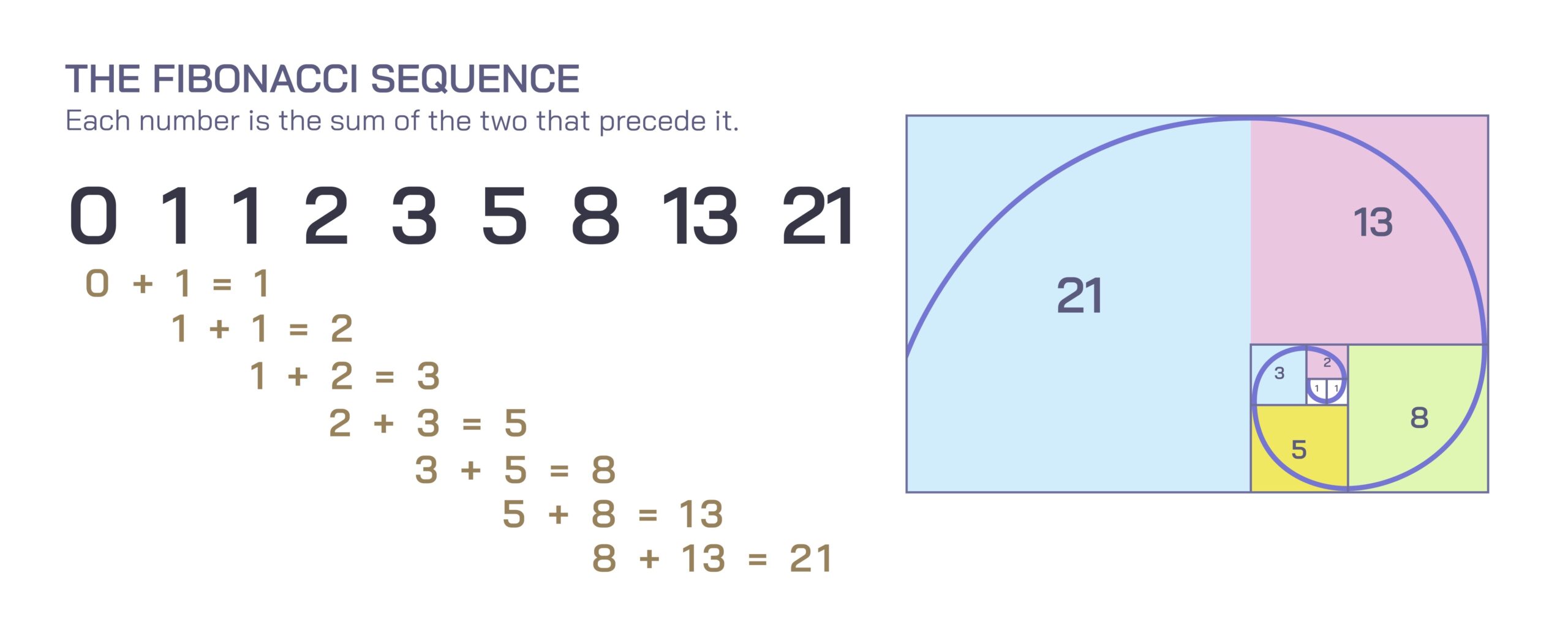
As teachers you can point out the patterns in our world and encourage students to do the same. You can organize a shape hunt around your school or neighborhood. Students can document the various shapes, solids, and tessellations they see using either disposable cameras or paper.
The role of mathematics in art is another connection you could explore. Here the work of MC Escher might be useful, and with it you can explore the various transformations that inform his work. Younger students can color in Escher-like designs. There are patterns, too, in the calendar which teachers rely upon in morning meetings. What patterns emerge if you color every third day blue and every fifth day yellow? If today is a Tuesday, can we determine whether this month or the next has more Tuesdays?
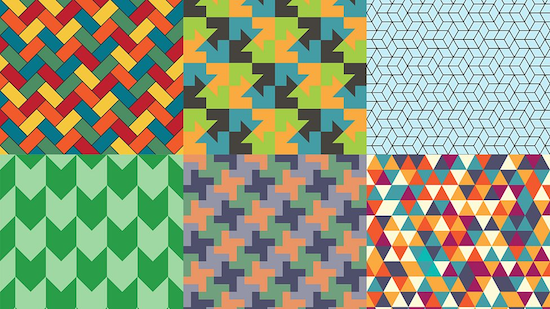
Tessellations, BBC
Another, related way to broaden students’ conception of what math is involves incorporating problems from diverse areas of mathematics that do not typically get highlighted in the curriculum, such as financial mathematics, probability, logic, or discrete mathematics. While it may be hard to invest large amounts of time on topics not explicitly in the curriculum you teach, you may be able to connect a logic puzzle to a story/novel your students are reading or incorporate a probability problem into a social studies or current events lesson.
Many teachers start off their day or their math lesson with a problem/question for exploration. This is a great place to highlight the many varied ways that mathematics shows up in our lives, from how we organize our lockers (a bin packing problem of sorts) to how we determine the most efficient and/or shortest walk from science class to English class.
Finally, teachers can invite parents and other community members who use mathematics in their work or daily lives to share those stories with their classes. Such visits strengthen ties to the community and make students aware of the richness of mathematical experiences around them.
What it means to be good at mathematics
A second harmful belief that teachers are in an excellent position to challenge revolves around what it means to be good at mathematics. Often students relate ability in mathematics with speed and computational skill. That is, they see students who are good at math as those who can quickly and accurately perform computations in their heads without the use of aids or the need for research (looking things up).
This harmful belief is often reinforced by the types of problems we use in class and by the short amount of time we expect students to work on individual problems. There are mathematics problems that have gone unsolved for hundreds of years and others that took that long to be solved. Yet many of the problems we rely on in class test students’ knowledge of previously learned algorithms and can be completed in relatively short periods of time.
While these are useful in some ways, they do not promote the idea that problem solving in mathematics often takes time and that those who are good at mathematics aren’t always those who can work quickly, but often those who have the patience to try out numerous methods before arriving at a solution.
To do so, teachers can also introduce open-ended problems that require creativity and take a bit longer to solve. These rich problems tend to lend themselves well to group work and allow students to be creative with the mathematics as they cannot simply rely on a procedure they were recently taught in class.
Two excellent sources of such problems are the sites Open Middle: Challenging Math Problems Worth Solving (www.openmiddle.com) and YouCubed: Inspire ALL Students with Open, Crative Mindset Mathematics (www.youcubed.org). Additionally, Corwin Mathematics has a series of texts for grades K-12 that focus on classroom-ready rich mathematics tasks.
A second benefit to such problems is that they encourage students to be patient problem solvers who are comfortable sitting with a problem they do not easily know how to solve – a skill that will benefit them throughout their math studies.
While introducing rich problems that students work on over an extended period of time is one way to challenge what it means to be good at math, another is to have a discussion with students around this topic.
What does it mean to be good at something? How does one become good at something? Are those the same ways that one can use to become good at math? Taking the time to dive into these questions can instill in students the belief that effort, practice, and a willingness to try can far outweigh so-called natural ability when it comes to learning something well.
How do we see our mathematics development over time?
This brings us to the third and last belief we will consider. How do we see our development as doers of mathematics over time? Here we focus on the idea that our ability and skill in mathematics is flexible and changes over time given the activities we engage in and the environment in which we find ourselves.
The belief in a growth mindset is incredibly powerful because it means that there is a path forward in terms of improving mathematical ability for all students. Yes, you may not be good at math, but this is not a permanent unchangeable state.
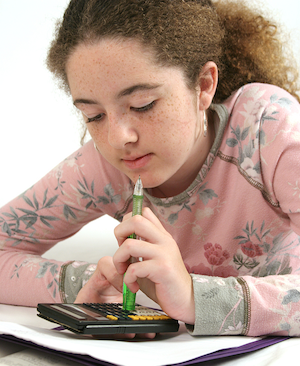
There is quite the difference between believing your current ability is all there is and will ever be, and knowing that there are steps we can take to build our skill and ability not just in mathematics, but in all areas in which we invest our time and attention.
As teachers, if we focus on broadening students’ view of what mathematics is and what it means to be good at it, while reminding them that their skill/ability is something they can change through their own actions, we may one day find ourselves in a world where it is no longer socially acceptable to say one is bad at math.
Perhaps then we as a society will have learned that we engage in mathematics daily throughout our lives and that the ability to excel in the discipline lies in each of us.
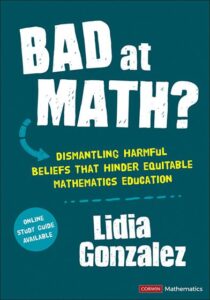
She is the author of Bad at Math? Dismantling Harmful Beliefs That Hinder Equitable Mathematics Education (2023, Corwin Press). If you are interested in having Dr. Gonzalez come to your school to give a talk, to run an extended workshop, or to craft a customized professional learning experience, reach out to her at LGonzalez@york.cuny.edu.

































